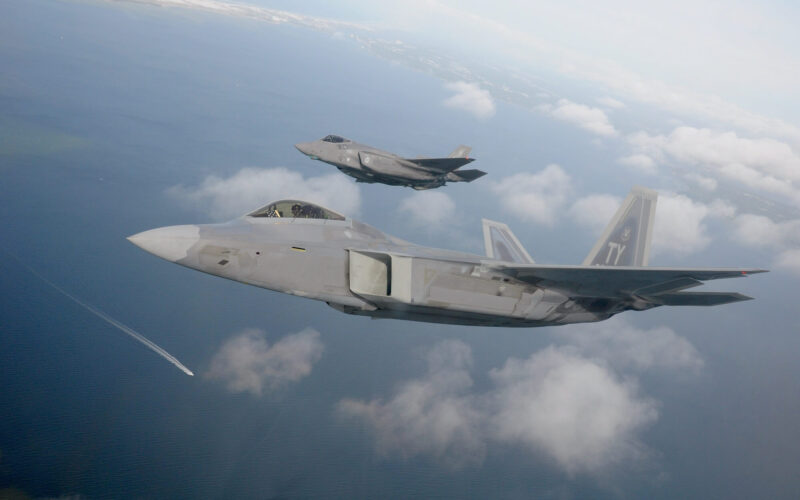On March 28, 2022, the United States Department of Defense published its budget proposal for the financial year of 2023. The proposal includes a detailed list of programs the department intends to fund and reveals some significant changes to previous years.
The total budget proposal comes in at $773 billion, a $31 billion increase from 2022. $56.5 billion of the 2023 budget is expected to be spent on air power, significantly more than on sea and land power and second only to research and development.
“We are requesting more than $130.1 billion for research and development in this budget – an all-time high – because we understand the need to sharpen our readiness in advanced technology, cyber, space and artificial intelligence,” US Secretary of Defense Lloyd J. Austin is quoted as saying in the DoD press release.
Among the most significant funding changes is the cut to the procurement of the Lockheed Martin F-35 Lightning II, the fifth-generation fighter used by both the US Air Force and Navy. Only 61 F-35s are going to be purchased in 2023, a reduction from 85 in 2022. Lockheed Martin expects to ramp up the deliveries of the aircraft to nearly 200 per year in 2022 and the years that follow, meaning that nearly three quarters will be delivered to foreign buyers.
The USAF also plans to retire 33 Lockheed Martin F-22 Raptor fifth-generation fighter jets, significantly reducing the size of its already modest fleet of Raptors. However, it wants to spend more than $762 million on unspecified modifications to the aircraft, a significant increase from $10 million in 2022.
In addition, the USAF plans to purchase 24 Boeing F-15EX Eagle IIs, the latest and heavily upgraded version of the venerable F-15, which was introduced in 2021.
The Air Force also wants to steadily increase funding to the Next Generation Air Dominance (NGAD), a program to develop a sixth-generation fighter jet. In 2022 it received $1.5 billion for this purpose, while in 2023 $1.66 billion is expected.
Another of USAF’s cutting-edge programs, the B-21 Raider strategic bomber, is expected to receive almost $1.7 billion for advanced procurement, although it is not known how many B-21s the USAF expects to receive in the coming years.

